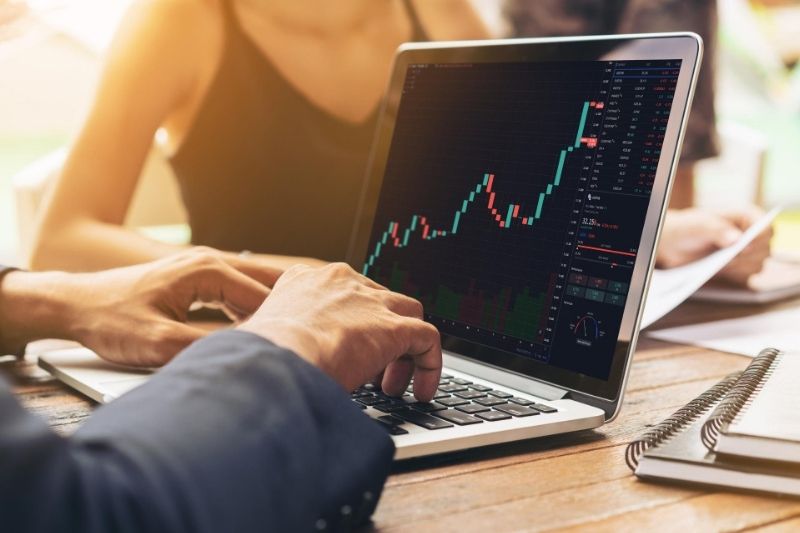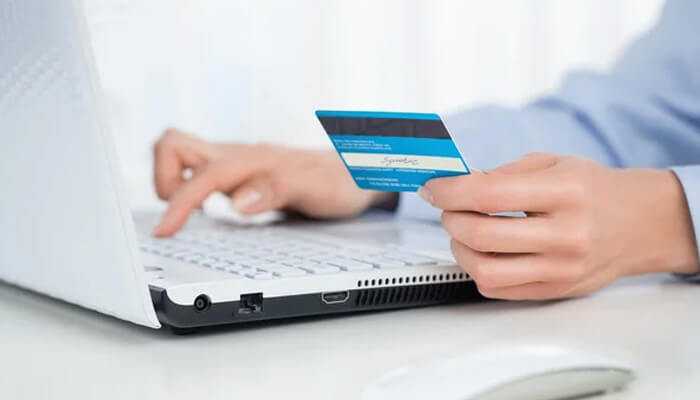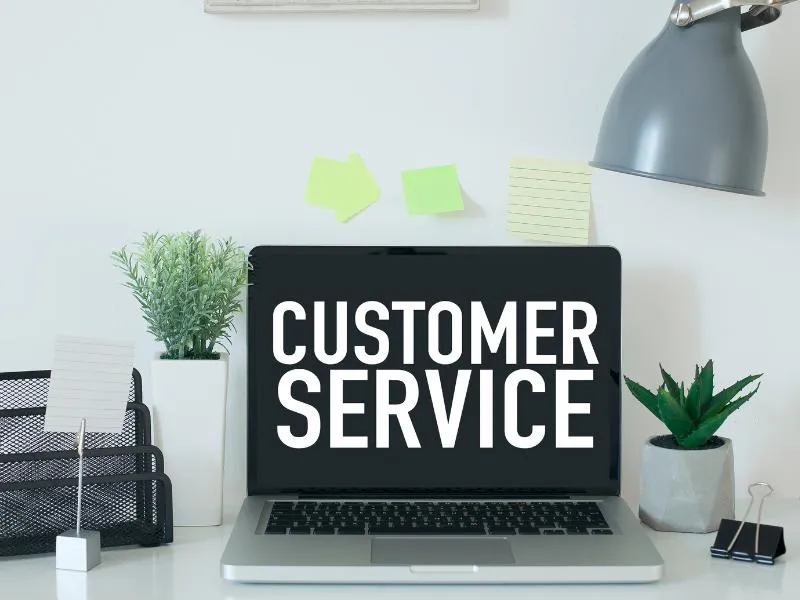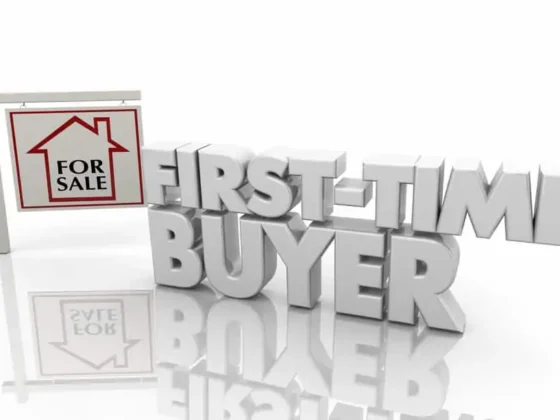Investing online has opened doors for countless individuals looking to make some extra money or even start a full-time income stream. However, with that freedom, many shady characters have popped up, ready to capitalize on unsuspecting users. Let’s get real here—no one wants to fall into the hands of a scam platform. I’ve put together a guide to help you spot the signs of trouble and protect your hard-earned cash. Let’s get into it.
Key Points
- Check for regulation and licensing information for legitimacy.
- Verify secure payment methods to avoid potential fraud.
- Look for honest reviews and feedback from experienced traders.
- Study the platform’s customer support and ease of contact.
- Test it yourself—use demo accounts to get familiar before investing.
1. Know the Platform Before Diving In

One of the best ways to avoid a scam is to learn everything possible about the platform you’re considering. A trustworthy service offers transparency, from regulation status to reliable reviews. Take Binomo, for instance. You’ll find it emphasizes safety, offering a demo account with $10,000 to practice before investing real money. Plus, there’s a clear focus on helping users develop skills rather than leading them blindly.
When evaluating other platforms, go in-depth with your research. Legitimate services usually offer some kind of demo option, which allows you to practice safely. If it feels like there’s a push to invest real money right away, that’s a red flag.
2. Regulation Is Your First Line of Defense
If a platform doesn’t have regulatory approval, it’s a signal to run. A well-regulated service will prominently display its licensing information. Regulatory bodies set high standards, ensuring platforms operate fairly. However, scams know this too. Some even display fake license numbers to mislead users. Take the time to verify any claims by visiting the regulatory body’s official website. It’s a quick step that can save a lot of trouble.
Also, keep an eye out for regional restrictions. Some platforms aren’t allowed to operate in specific countries. Ignoring this detail can put you at risk of losing access to funds if a problem arises.
| Regulatory Body | Region | Importance |
| SEC | United States | Enforces strict standards |
| FCA | United Kingdom | Known for transparency in financial sectors |
| CySEC | Europe | Monitors fair practices across the EU |
| ASIC | Australia | Ensures traders are protected |
3. Secure Payment Methods Only

When it’s time to deposit or withdraw money, the payment method matters. A reliable platform offers trusted, secure options such as bank transfers, major credit cards, or well-known e-wallets. If only sketchy payment options are listed, it’s best to stay away. Scammers often lure users with quick payout promises but use untraceable payment channels that make it hard to retrieve funds if issues arise.
Even if you’re in a hurry, double-check the payment methods. Ask questions, and make sure there’s a clear and straightforward way to contact support if anything goes wrong with transactions.
4. Real Trader Reviews: Your Best Insight
Real feedback from experienced users is golden. Go beyond the main website—check forums, social media, or other community hubs where people share their trading experiences. If reviews are glowing without any downsides mentioned, that’s another red flag. No platform is perfect, and trustworthy reviews should reflect a mix of positives and constructive criticism.
When you find reviews from people who openly discuss their wins and losses, it feels more genuine. Look for specific details in reviews, not just generic praise. Scammers count on faking testimonials, but details usually reveal their game.
5. Evaluate Customer Support

Reliable customer service is essential for a quality trading experience. Legitimate platforms prioritize helpful and fast responses to user inquiries. If contacting support feels like a struggle, you’re likely in for more than a few headaches if issues come up. Some scam platforms offer no real customer support, leaving users on their own once they’ve deposited money.
To test customer support, try asking basic questions before registering. If the response is quick and informative, it’s a positive sign. If you’re met with delays or vague answers, take it as a warning.
Frequently Asked Questions (FAQs)

1. Can I recover funds if I suspect a scam?
Yes, it’s possible, but you’ll need to act fast. Contact your bank or payment provider to initiate a reversal.
2. How can I tell if a platform’s licensing is genuine?
Verify the license number directly on the regulatory body’s website. Many scammers use fake numbers.
3. Is demo trading safe to use on any platform?
Demo trading is generally safe. However, make sure the platform offering the demo is legitimate.
4. What’s the safest payment method for trading?
Bank transfers and major credit cards are safest. Avoid options that aren’t commonly recognized.
5. Are there telltale signs of scam reviews?
Yes. Watch out for generic or overly positive reviews with no specifics about the user’s experience.
Conclusion
Navigating online trading can be rewarding but comes with risks, especially with scams on the rise. Doing your research and testing platforms with demo accounts allows you to assess legitimacy without immediate financial commitment. Checking for regulation, secure payments, genuine reviews, and responsive support are key steps in safeguarding yourself.
Remember, the best approach to any platform starts with a cautious mindset and the willingness to investigate each option fully.


